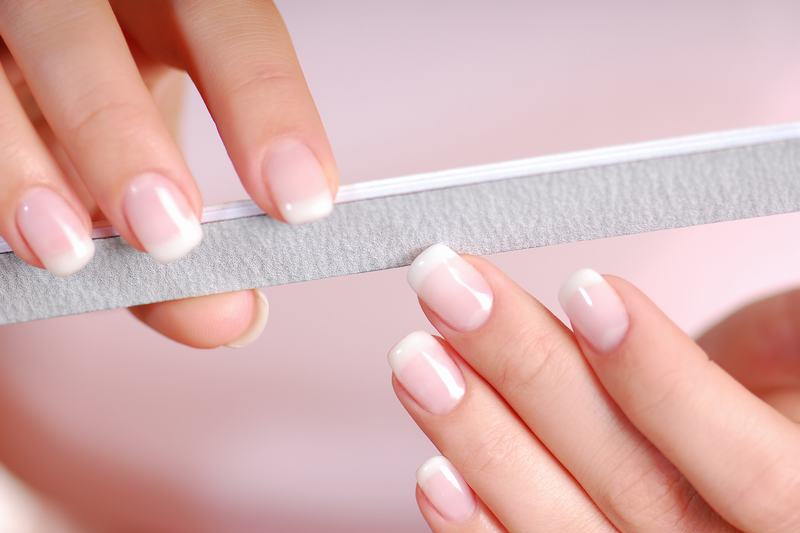Problems with the nails on the hands and the feet account for around ten percent of all dermatological visits. What is interesting about this statistic is that few people actually know that a dermatologist is the person to see for any sort of finger or toenail problem.
All nails grow from the very deep “folds” in the skin at the tips of the fingers and the toes. If you were to pull off a nail (not recommended) you would see that deep fold. They are made from epidermal or skin cells from the outermost layer of the skin. As the cells shift from the dermis (the middle layer of skin), to the surface, they encounter the “nail root”. This triggers the cells to press together and to form into tiny plates that harden into nails.
This is process is known as keratinisation, and is also how hair is formed. There are also other “parts” to the nail including the bed of the nail, the largest area of the nail known as the nail plate, and the lunula, which is the top part (white crescent shaped tip).
Because nails are constantly growing (with fingernails growing around three times faster than toenails), they are open to all kinds of disorders and malfunctions. Nails are also capable of suffering trauma if struck or torn, and this too can lead to some issues.
Common problems with nails may include
- Nail Dystrophy
- Fungus
- Psoriasis
- Trauma
- Malignancy
- Ganglion
Treating Nail Conditions
 Regardless of the reason behind a nail problem, it is imperative to visit a dermatologist at the first sign of trouble. Nail problems can be quite serious and are often a reflection of the body’s general health and well-being. For example, if you normally have pink and thick nails, then they suddenly discolor, grow thin and tear, it is an immediate reflection of an underlying health problem. Physicians can detect kidney and liver disease, heart trouble, and even anemia or diabetes because of the conditions of the patient’s nails.
Regardless of the reason behind a nail problem, it is imperative to visit a dermatologist at the first sign of trouble. Nail problems can be quite serious and are often a reflection of the body’s general health and well-being. For example, if you normally have pink and thick nails, then they suddenly discolor, grow thin and tear, it is an immediate reflection of an underlying health problem. Physicians can detect kidney and liver disease, heart trouble, and even anemia or diabetes because of the conditions of the patient’s nails.
Having said that, there are common conditions of the nail that are easy to manage that does not signal bigger health problems. Around 50% of all nail disorders tend to relate to fungal issues, often more common to the feet.
Anyone can be self-conscious if their feet and hands are marred by broken, malformed, discolored, and generally unhealthy nails. This is why it is important to get the situation taken care of by a dermatologist as soon as possible.
If you have any questions or concerns about nails or nail conditions contact your local doctor, who will arrange for you to see a dermatologist. Contact us today.



